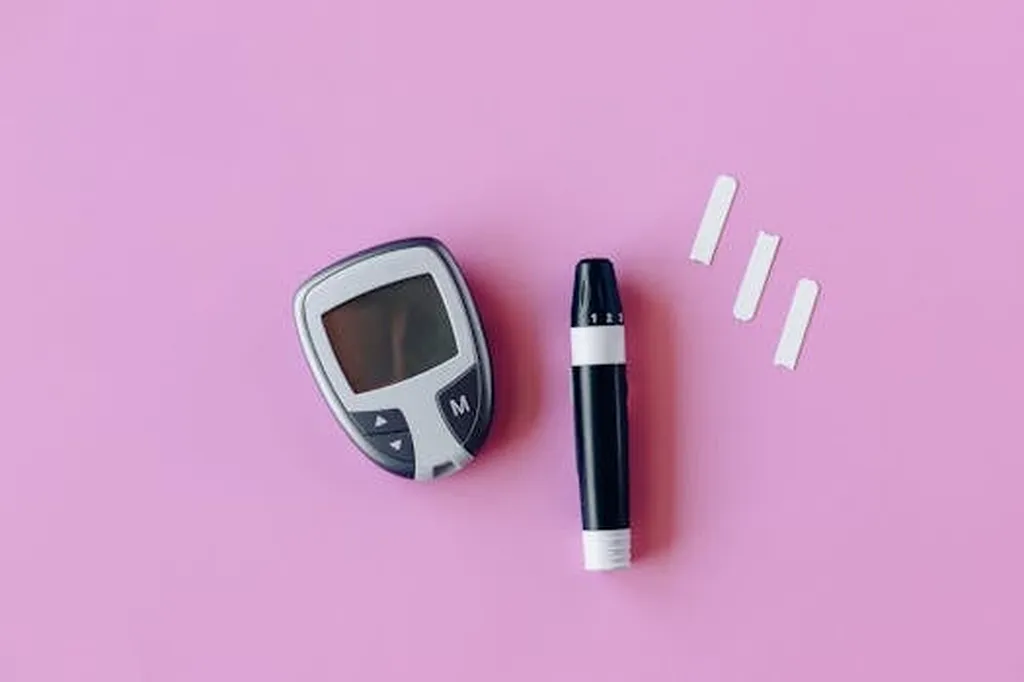In the rapidly evolving world of precision agriculture, a groundbreaking study has emerged that could revolutionize how farmers detect and manage tomato leaf diseases. Published in the esteemed journal *Scientific Reports* (translated to English as “Scientific Reports”), the research conducted by Leo Thomas Ramos from the Computer Vision Center at Universitat Autònoma de Barcelona, offers a comprehensive analysis of the latest YOLO (You Only Look Once) architectures for identifying tomato leaf diseases. This study not only provides a robust benchmark for current technologies but also hints at the future trajectory of agricultural innovation.
The study, which utilized the Tomato-Village dataset comprising 14,368 images across six disease classes, evaluated the performance of YOLOv8, YOLOv9, YOLOv10, YOLOv11, and YOLOv12. All models were trained under identical settings to ensure a fair comparison based on metrics such as precision, recall, mean Average Precision, training time, and inference speed. The results were striking: YOLOv11 consistently outperformed its counterparts, achieving the highest accuracy with competitive training times and acceptable latency. “YOLOv11’s performance was remarkable,” noted Ramos. “It not only excelled in accuracy but also maintained a balance between training efficiency and inference speed, making it a strong candidate for real-world applications.”
While YOLOv11 took the lead, other models also showed promising results. YOLOv10, YOLOv8, and YOLOv12 delivered strong performances, with YOLOv12n emerging as the most effective lightweight model for resource-constrained environments. This is particularly significant for farmers in developing regions where computational resources may be limited. “The lightweight models like YOLOv12n offer a practical solution for areas with limited infrastructure,” Ramos explained. “They provide a good balance between performance and resource utilization, making them accessible to a broader range of users.”
In contrast, YOLOv9 demonstrated the weakest performance, requiring more training time and exhibiting higher latency. This finding underscores the importance of continuous innovation and adaptation in the field of object detection. “The results highlight the need for ongoing research and development to ensure that the latest models meet the evolving demands of precision agriculture,” Ramos added.
The implications of this research extend beyond the agricultural sector. In the energy sector, for instance, the ability to quickly and accurately detect diseases in crops can lead to more efficient use of resources, reducing the environmental impact of agriculture. By optimizing crop health, farmers can minimize the need for chemical interventions, leading to more sustainable practices. This, in turn, can contribute to the broader goals of energy efficiency and environmental conservation.
Looking ahead, the study positions YOLOv11 as a benchmark for future advancements in agricultural technology. As Ramos noted, “The findings provide a strong foundation for further research and development in the field of plant disease detection. The goal is to continue improving the accuracy and efficiency of these models to support precision agriculture on a global scale.”
In conclusion, the research conducted by Leo Thomas Ramos offers a compelling glimpse into the future of agricultural technology. By leveraging the latest advancements in deep learning and object detection, farmers can enhance their ability to detect and manage tomato leaf diseases, ultimately leading to healthier crops and more sustainable practices. As the field continues to evolve, the insights gained from this study will undoubtedly shape the development of new technologies and approaches, paving the way for a more efficient and sustainable agricultural future.

